Descrizione
- 1143
- Left forearm, fragment
- 2nd-3rd c. AD
- White marble, medium to fine grain.
- L. 22 cm, w. max. (arm and fabric) 12 cm. The wrist end has a dowel hole 12 mm diam., 23 mm deep.
- Arm broken at the wrist, and, diagonally, just above the inner bend of the elbow. The wrist end is missing the finished plane of attachment, cut across the deep end of the dowel hole. Many surfaces still smooth though without the original polish. Unless these are pre-modern scars, a few linear traces of chisel corner or rasp are visible within some of the folds. Slight new chipping; light grey-brown encrustations.
- "This is the fragment of a draped left forearm, of an arm bent roughly at a right angle, from a pieced statue. The hand was pinned separately at the wrist at a point soon after it emerged from the drapery; broken and worn, this end preserves the bottom of the large dowel hole for attaching the hand. Around and over the arm was suspended a large swag of drapery, the end portion of a mantle.rnThe cloth wraps thinly over what is left of the upper arm just above the elbow, and hangs in thick folds down along the length of the forearm. A small loop of drapery, now partly broken away, was shown pushed up, perhaps, along the upper inner forearm. The forearm is slender, the drapery upon it heavy with doughy, plastic folds bunched back from the wrist in three large pleats and two overlapped narrower ones, slightly twisted and realistically flaring. Closer to the wrist, the ends of these pleats do not seem to have hung very far below the line of the arm.
- The mode of draping is typical for a male statue with a decoratively arranged mantle, nude or semi-nude, or for a female statue more fully clothed. The verticality of folds at right angles to the line of the forearm indicates a figure standing basically at rest, arm bent at the side and forearm extended. A seminude male thus draped could be a mythological being or deity or even a heroised imperial portrait; a female statue so draped is not likely to have been a portrait. nThe style contrasts relatively slender limbs and heavy drapery masses, with expressionistic play with textile thickness; this is very thin where it overlays the body and noticeably thicker where not falling over body surfaces. The folds are thick ribbon-like masses, abstractly conceived, carefully modelled with swollen edges and shallow concave inner sections; what is meant to draw the eye is their luster and unmarked undulant surface These are mannerisms of mid- and late imperial statuary; an Antonine date is possible. The piecing at the wrist may have strengthened it to hold an attribute such as a scepter, spear, or sword.
Dettagli del Record
-
VM_4540
- surface with traces of burning in N half of corridor II
- Nessun Record e' Leggato















![Download [view]](/villamagna/ark//skins/villamagna/images/results/download_sml.png)
